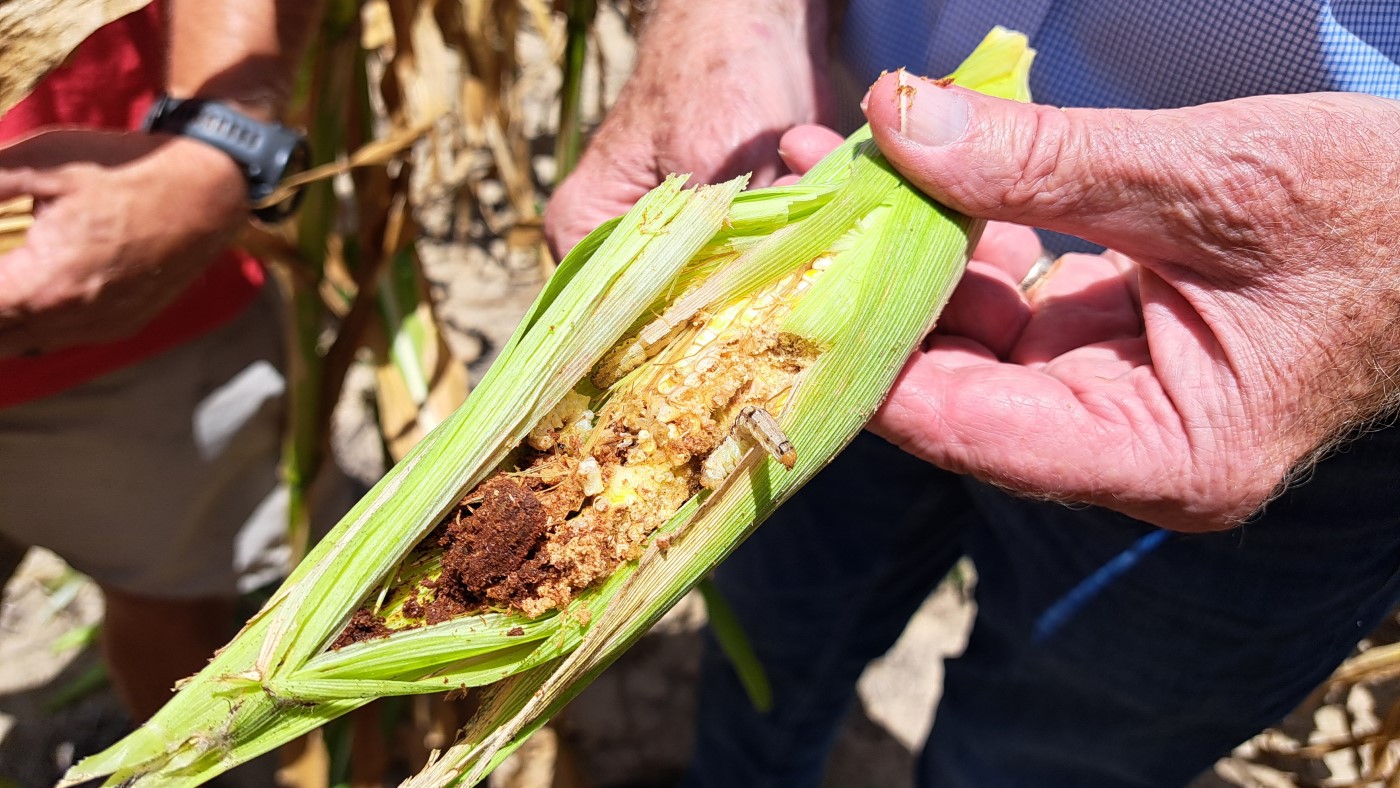Dry conditions are threatening crops in both Carolinas. North Carolina Farm Service Agency Director Bob Etheridge tells SFN the damage to some crops is irreversible.
“The corn crop for all practical purposes, are pretty well gone, except in some of the black land areas down east, where the ground’s a little heavier, they had a little bit of water. And there’s spots where they could have got some rain. No matter how much rain we did (get), they’re probably not going to have much of a corn crop.“
Etheridge says other crops have also been impacted.
“Soybeans, some have already died, depending on the age, because of the drought. I think my hometown is an example, where my son farms. We’ve had no rain since the 15th of May until this past weekend. There we got three tenths. Some people got eight (tenths). Some people got in varying amounts. But we’re still gonna have spots across the state. Sweet potatoes are suffering. Almost every crop is in some way impacted, and tobacco is going to, I don’t think we know yet what kind of quality it’s going to be come harvest time, but I would venture to say on average it’s going to be, the quality won’t be what anticipated.”
South Carolina ag commissioner Hugh Weathers says parts of his state saw a little rain on Sunday night, but not nearly enough after a month of almost none.
“We got three quarter of an inch of rain on top of three tenths earlier, maybe Thursday night. So, you know, that’s an inch in our area, but it certainly is going to help. But I don’t know how much we just need. We got a lot of catching up to do.“
In North Carolina, state ag commissioner Steve Troxler notes almost the entire state is very dry, or worse.
“Look at the Drought Monitor and where we are. And we actually have 99 of our 100 counties in some stage of drought, 57 of them are in moderate drought, and 42 are abnormally dry. But you add heat to that, and it does make it pretty critical.”
And just a few weeks ago, both states were in very good shape, with some talking about bumper crops. Etheridge points out the difference from May until now is all due to the weather.
“In May, before the 15th of May, had the best crops all across the state, from the mountains to the coast, were just terrific. But when a flash drought hits, which I’d never heard that before, we now know what a flash drought is. It stops raining, the temperatures soar, and it looks like we’re going to see temperatures jack back up starting the fourth (of July). So we don’t know where this is going to end, and I think it screams to all of us that the weather’s changing.”
Those drought ratings could be worse when the next drought monitor report is released this week.
Image: Drought-damaged corn in Edgecombe County, NC on July 2, 2024 (photo by Mike Davis/SFN)


